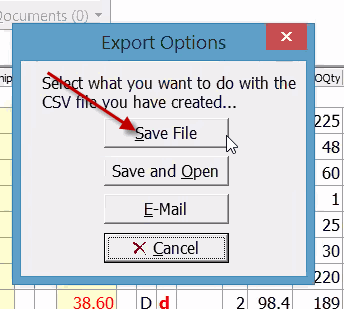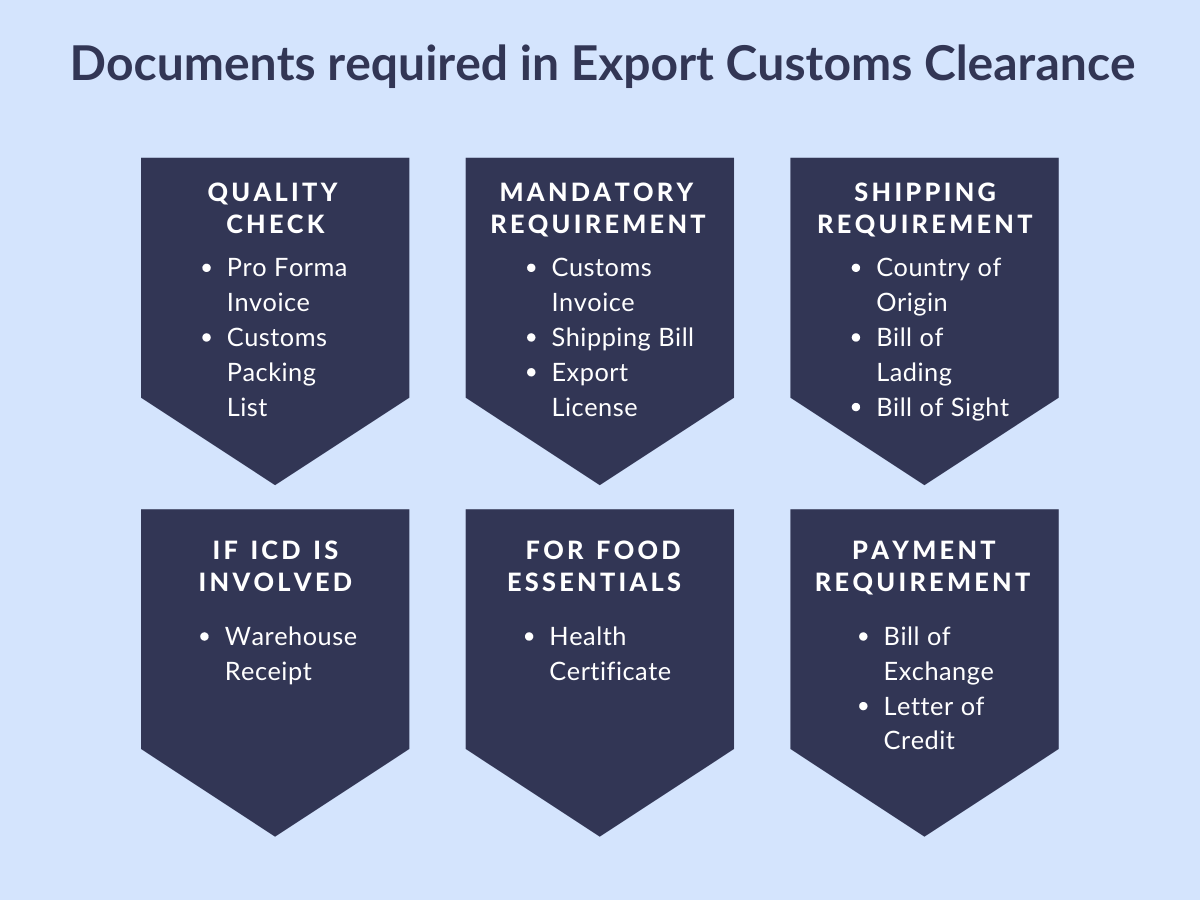

You can also use a text asset, which should contain all the characters that you want included in your font. Or you can explicitly list each character. You can specify character ranges, using either decimal of hexadecimal numbers. The other options give you complete control over which characters to include. You can also choose common subsets of ASCII, limited to lowercase, uppercase, and only the numbers and symbols. The presets include the visible characters of the ASCII and Extended ASCII character sets. You can select a few predefined character sets, or provide a list of characters yourself. The characters from a font file aren't automatically included in the font asset. Put the most often used characters in a main font asset, and the others in a fallback font assets. In that case, you can split the characters by creating multiple font assets. But even at maximum resolution, you might not be able to fit everything. When you need to support thousands of character, you will have to use large textures. For most fonts, a 512x512 texture resolution is fine when including all ASCII characters. When using an SFD font, a higher resolution results in finer gradients, which produces higher quality text. Typically, you use fast when trying out settings and optimum for the final result. Fast packing is a bit faster but might end up using a smaller font size. Optimum packing will find the largest possible automatic font size that still fits all characters in the texture. A padding of 5 is often fine for a 512x512 texture. The larger the padding, the smoother the transition, which allows for higher-quality rendering and larger effects, like thick outlines. Padding also creates room for the SDF gradient. You typically use Auto Sizing for SDF fonts and Custom Size when you want pixel-accurate control over bitmap-only fonts.Ĭharacters in the font texture need some padding between them so they can be rendered separately. Auto Sizing will try to use the largest point size possible while still fitting all characters on the texture. You can either manually set a custom size or use automatic sizing. You can control the font's point size that will be used to generate the font's texture. The Text Mesh Pro package includes ARIAL, Bangers, and IMPACT as example font sources.

It won't be included in builds, unless you also use it elsewhere or put it in a Resources folder. The font source is only needed to generate the font asset.

You must select a font from which to generate a Text Mesh Pro font asset. This will ensure that TextMesh Pro can find them and that they are included in builds. When saving font assets, you have to put them in a specific folder, defined in the settings asset. When rendered with the right shaders, this will produce high-quality text with support for effects like outlines and drop shadows. The generated textures for these fonts contain contour distance information, which looks like grayscale gradients. Font asset creator settings.īy default, the window is configured to create a signed distance field (SDF) font asset. The window presents you with a few font settings, a generate button, a texture preview, and a button to save your new font asset. The TextMesh Pro font creation window can be opened in the editor via Window / TextMeshPro - Font Asset Creator. However, it is a good idea to keep it in your project, in case you need to recreate the font asset. Afterwards, you no longer need the original TTF asset. You then have to use the font asset creator to generate a TextMesh Pro font asset from it. When you add a font – typically a TTF file – to a Unity project, Unity will import it as a font asset. TextMesh Pro has its own Font asset format.


 0 kommentar(er)
0 kommentar(er)
